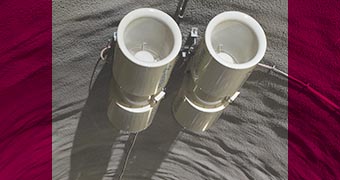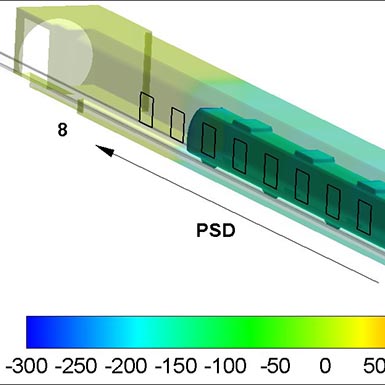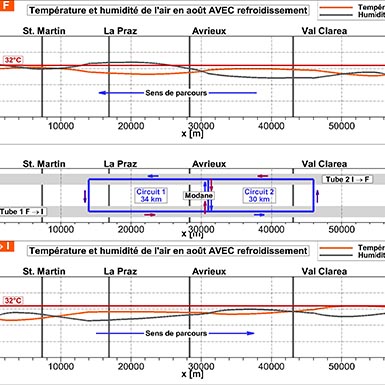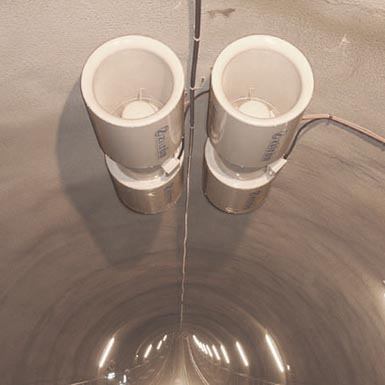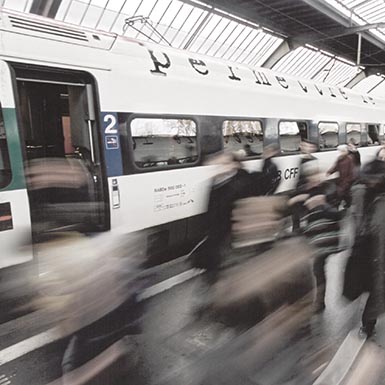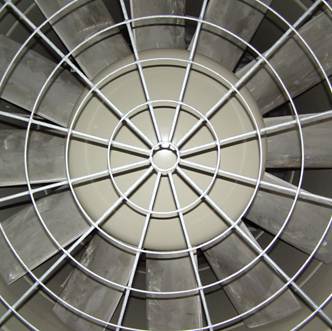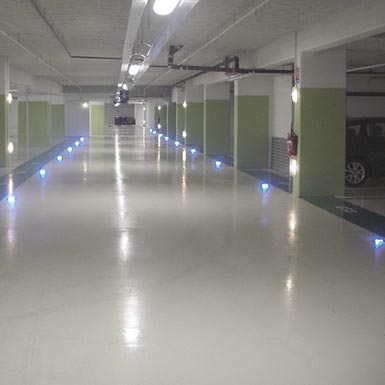
Building fire safety
Fire safety is a key element when designing a public infrastructure (shop center, hospital, car-park, train station, etc.).
In Switzerland, this kind of construction project is reined in by the VKF (the Association of Cantonal Fire Insurances), which unites the cantonal authorities of every canton, first of all the Cantonal Public Building Insurance Companies (KGV) and the fire departments. For each public building, the following elements must be defined:
- a concept of fire safety and emergency escape (escape routes to be planed, rescue process, etc.), designed in compliance with the structure and the use of the building and tested through numerical simulations to prove the proper sizing of the system of smoke extraction and its compliance with the criteria for smoke extraction,
- the account taken of escape routes (number, sizing), fire resistance of construction materials, smoke extraction systems, sprinkler systems, fire detection systems, escape route marking.
These elements are defined at the construction of the building and must be reviewed when carrying out alterations to the building.
Thanks to the important experience of his engineers in safety and ventilation, GESTE Engineering takes regularly part to this kind of activities.
Related core competencies
- Aerodynamics and pressure waves
- Thermodynamics and heating
- Ventilation and smoke extraction
- Pedestrian flows
References and software

